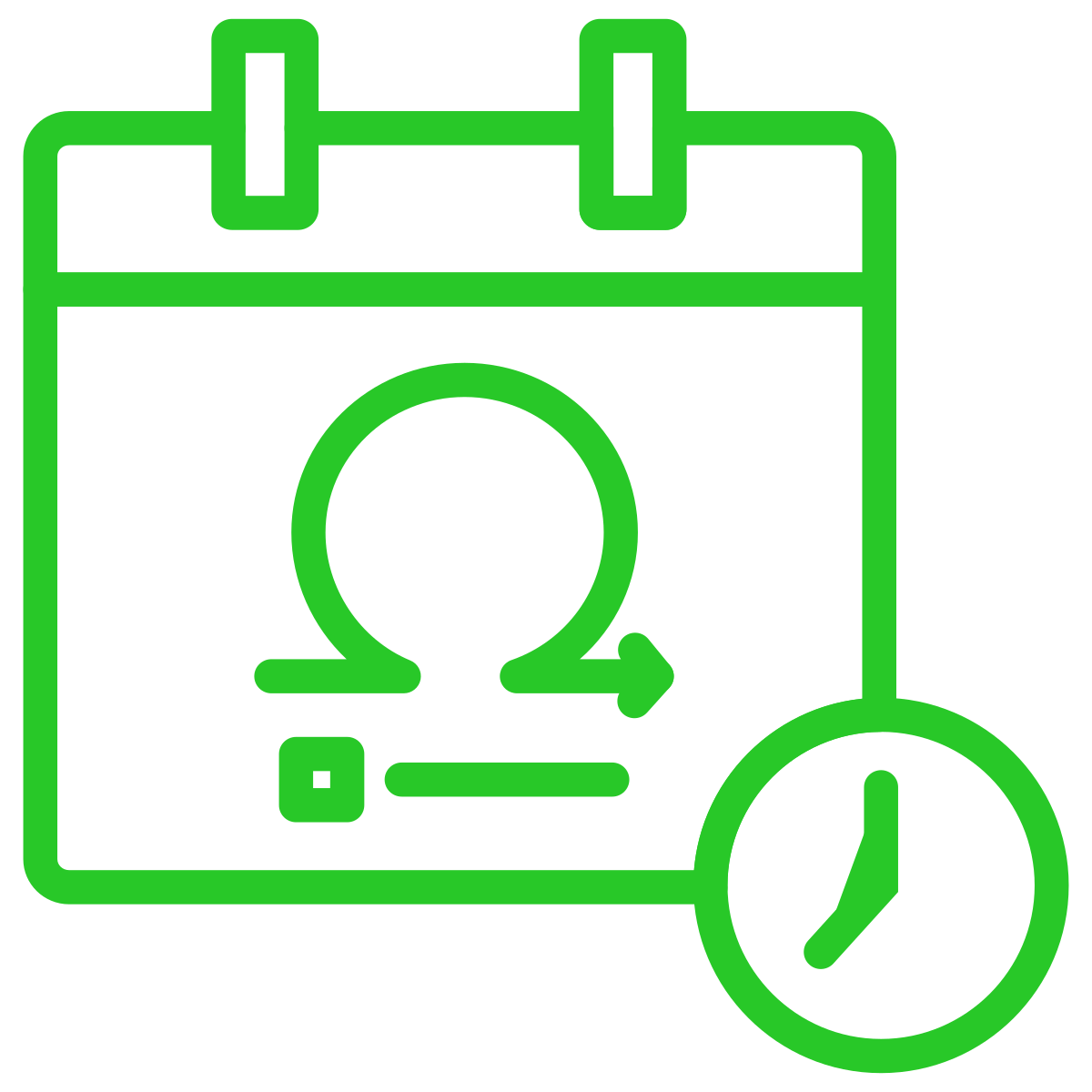Focus On Experimenting
Focus On Experimenting
When our customers’ needs are unclear or even in conflict with other needs we need to help the customer achieve a resolution. Our focus is on using experiments to quickly clarify and resolve the customers’ real need. We collaborate with the customer to define the experiments we need, the order in which they will be performed. We also define how we can exit the experiment process when our data provides sufficient confirmation of our hypotheses.
In A Nutshell
As a team we play the role of trusted advisor to our customers. In the technical domain we can play this role well. In the business domain we will normally have less knowledge than our customers. How can we play the role of trusted advisor when the customer knows more than us?
Even with their greater experience, customers will often lack awareness of how specific needs can be realised technically. Or there will be unresolved details for specific needs. Sometimes we will even find conflicting needs and will need to help the customer to resolve the conflict. In our role of trusted advisor we provide the mechanisms by which incompletely stated needs can be refined and conflicts can be resolved.
We need to gain data about which needs and implementations of needs will be most valued by our customers. We need to obtain this data within the constraints of the technology choices we have made. Experimentation is our main practice for elaborating and resolving our understanding of customer needs.
Very often we will need to operate a series of activities. Each activity will feature one or more experiments to help prove the customers’ needs. Our activities are sequenced so that we test what we believe are the most viable hypotheses first. We also agree how we can exit from the sequence of activities early. Which experiments provide sufficient evidence so that we can abandon lower priority experiments at an acceptable level of risk?
Many of the experiments will involve A/B testing. These experiments allow us to evaluate two or more alternative implementations at the same time. The result of such experiments demonstrates which alternative (or, sometimes, combination of alternatives) provides the best value for our customers.
Implementing Practices
Teams plan work to fill their short-term planning horizon. With a clear understanding of current priorities and the capacity of the team, work items are chosen to satisfy the forthcoming delivery goals. The team elaborates the plan as necessary to ensure that there is a shared understanding of the work that is required.
The team or wider organisation may readily identify that there are problems with its current way of working, that it wishes to improve its performance, or change its technology. Understanding the problem is inherently simpler than identifying a solution. Even if a potential solution is evident, we may be uncertain about its effectiveness. We experiment with changes to understand whether they will be effective and, if so, the extent of improvement we can realise.





